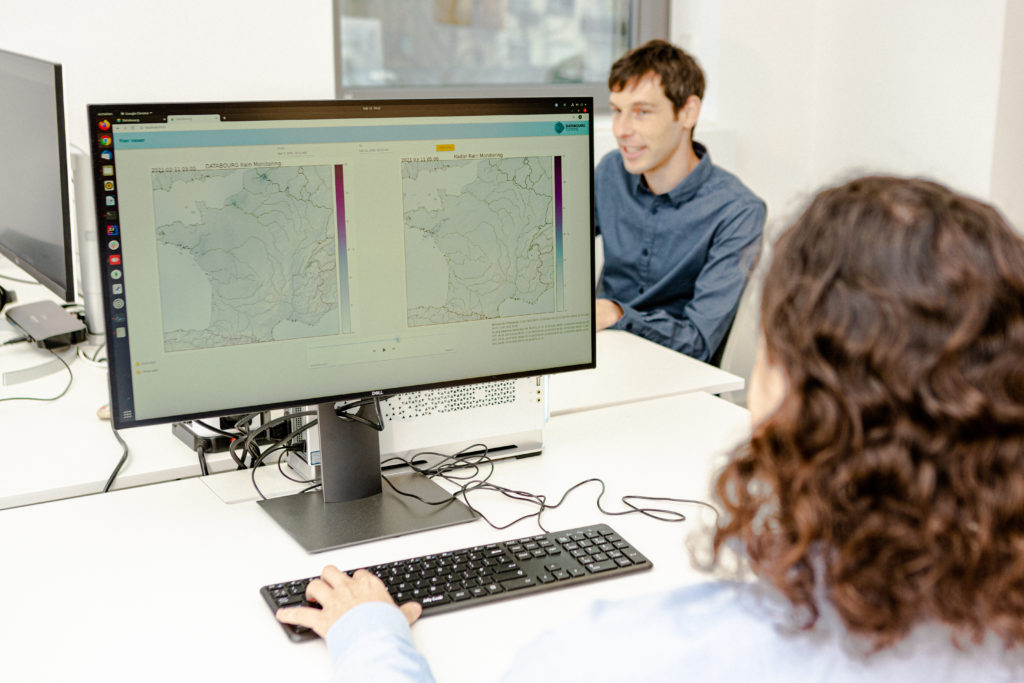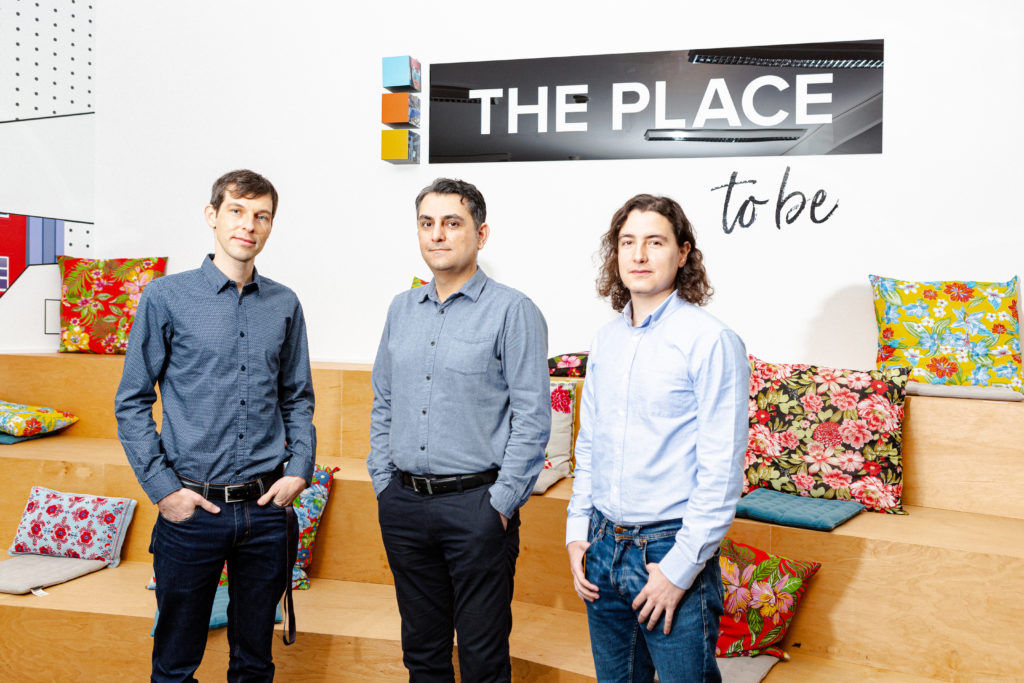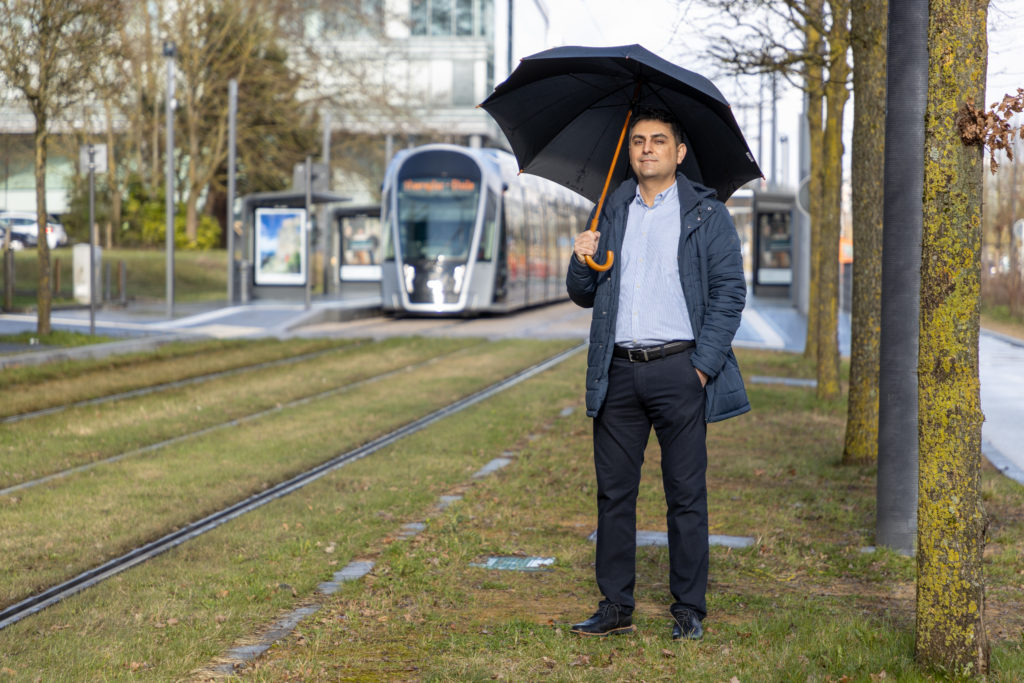In a warming world, when it rains it pours. Each degree of warming increases the total water vapor that air can hold by an average of seven percent. For communities and businesses affected by urban and flash flooding events, the increased deluge comes at enormous costs — sweeping away equipment, totalling vehicles, and trapping families in homes surrounded by murky, often heavily polluted, water. But thanks to SnT spin-off company — and now partner, Databourg — we have new, cutting-edge technology to help us overcome the challenges of climate change’s soggy downsides.

In its current form, rain nowcasting warns of imminent flash flooding and other extreme weather events. It looks one to six hours into the future — the critical window of time for flash flooding events — and helps drive immediate emergency decisions, like rerouting traffic or securing property. But traditional nowcasting methods are computationally intensive and require two or three hours to update a forecast, which means they aren’t as accurate or as localised as decision-makers would hope. Databourg has reimagined rain monitoring and nowcasting technology through the use of specific satellite data.
"Ahmad was able to take an everyday element of business for one of our partners and turn it into a completely new service that also provides a public good."
Dr. Carlo Duprel, SnT Tweet

Databourg leverages a satellite signal phenomenon known as “rain fade” (an occurrence that satellite operators monitor and compensate for to ensure reliable signals for their customers), to create an innovative nowcasting technology. “While working on my PhD thesis, I realised that by taking this data about the ebb and flow of rainstorms as they move across a satellite’s communication footprint and fusing it with other data, such as radar data, it is possible to generate a highly accurate map of rainfall in a specified region, in real-time,” explains Databourg founder, Dr. Ahmad Gharanjik. Their nowcasting tool is also based on deep-learning technology, which enables it to outperform existing prediction models, providing forecasts that are not only more accurate, but also ready to review in less than a minute.
"I’m delighted that Databourg now has the opportunity to give back to the Luxembourg community by making a version of our tool available for free to emergency response teams.”
Dr. Ahmad Gharanjik, Founder of Databourg Tweet
“Databourg represents all the best elements of the kind of research we do here at SnT. By executing research in close collaboration with industry, Ahmad was able to take an everyday element of business for one of our partners, satellite signal data, and turn it into a completely new service that also provides a public good,” said Dr. Carlo Duprel, Head of the Technology Transfer Office at SnT.

“Doing my research here in Luxembourg made it possible to receive invaluable support from a leading satellite operator, as well as backing from the Luxembourg Space Agency (LSA) and National Research Fund (FNR) because of the national strategy promoting space-related business and research — and we even had the opportunity to work with the European Space Agency,” says Dr. Gharanjik. “This environment has given us every chance of success. I’m delighted that Databourg now has the opportunity to give back to the Luxembourg community by making a version of our tool available for free to emergency response teams.” So what’s next for the team? “We have an ambitious growth plan and are excited about the traction we’re already seeing in the SatCom and insurance industries,” says Gharanjik. After that, the sky’s the limit.